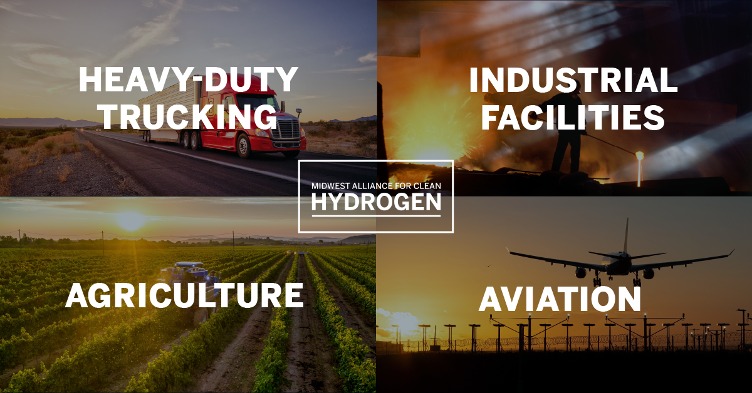As part of President Biden’s Investing in America agenda, the U.S. Department of Energy (DOE) has announced up to $2.2 billion in funding for the Gulf Coast Hydrogen Hub (HyVelocity) and Midwest Hydrogen Hub (MachH2). These initiatives are critical components of DOE’s Hydrogen Hubs (H2Hubs) program, a cornerstone of the Bipartisan Infrastructure Law, designed to establish a national network of clean hydrogen production, storage, and distribution.
This transformative investment underscores the administration’s commitment to bolstering energy security, driving economic growth, creating high-quality jobs, and advancing decarbonization to combat climate change.
Key Objectives of the Hydrogen Hubs Program
Clean hydrogen is a versatile energy carrier that can be produced from diverse domestic resources, including renewables, nuclear, and fossil fuels with carbon capture. Its ability to decarbonize energy-intensive sectors such as chemicals, steel, and transportation makes it a linchpin of the clean energy transition. The seven awarded H2Hubs are projected to collectively:
- Produce millions of metric tons of hydrogen annually.
- Eliminate tens of millions of metric tons of CO₂ emissions, equivalent to taking millions of gas-powered cars off the road.
- Create and sustain tens of thousands of good-paying jobs across the country.
Gulf Coast Hydrogen Hub (HyVelocity)
- Location: Texas.
- Focus: Leverages abundant renewable energy and natural gas resources to produce clean hydrogen via electrolysis and natural gas reforming with carbon capture and storage.
- Impact: Supports regional decarbonization while driving down hydrogen production costs.
- Job Creation: Approximately 45,000 direct jobs over the project’s lifetime.
Midwest Hydrogen Hub (MachH2)
- Location: Illinois, Indiana, Iowa, and Michigan.
- Focus: Uses wind, natural gas, and nuclear energy to produce hydrogen for key industries, including steel, manufacturing, and transportation.
- Impact: Facilitates decarbonization of heavy industries in a vital U.S. industrial corridor.
- Job Creation: Approximately 12,000 direct jobs over the project’s lifetime.
A Milestone for Clean Energy and Job Creation
“These hydrogen hubs mark a major milestone in the DOE’s efforts to kickstart a domestic hydrogen industry that strengthens America’s energy security and global competitiveness while tackling the climate crisis,” said U.S. Secretary of Energy Jennifer M. Granholm. “This investment aligns with our commitment to secure, affordable, and cleaner energy for all Americans.”
The H2Hubs program is among the largest federal investments in clean manufacturing, with DOE funding matched by recipient contributions to unlock billions in private sector investment.
Benefits Beyond Energy
The program emphasizes delivering economic, environmental, and social benefits:
- Community Engagement: Hubs are required to implement community benefits plans informed by early and ongoing local input.
- Environmental Justice: Projects prioritize reducing emissions in disadvantaged communities.
- Training Opportunities: Workforce development initiatives will ensure high-quality job creation in clean energy industries.
Building the Future of Energy
Managed by DOE’s Office of Clean Energy Demonstrations, the H2Hubs program represents a phased, collaborative approach to creating a sustainable hydrogen economy. By integrating clean hydrogen into America’s energy mix, the program positions the U.S. as a global leader in hydrogen innovation, driving progress toward long-term climate and energy goals.
A Nation United for Decarbonization
With these investments, the Gulf Coast and Midwest H2Hubs are poised to transform industrial energy use, transportation, and regional economies—making the hydrogen economy a reality and contributing to a sustainable, secure future for all Americans.


